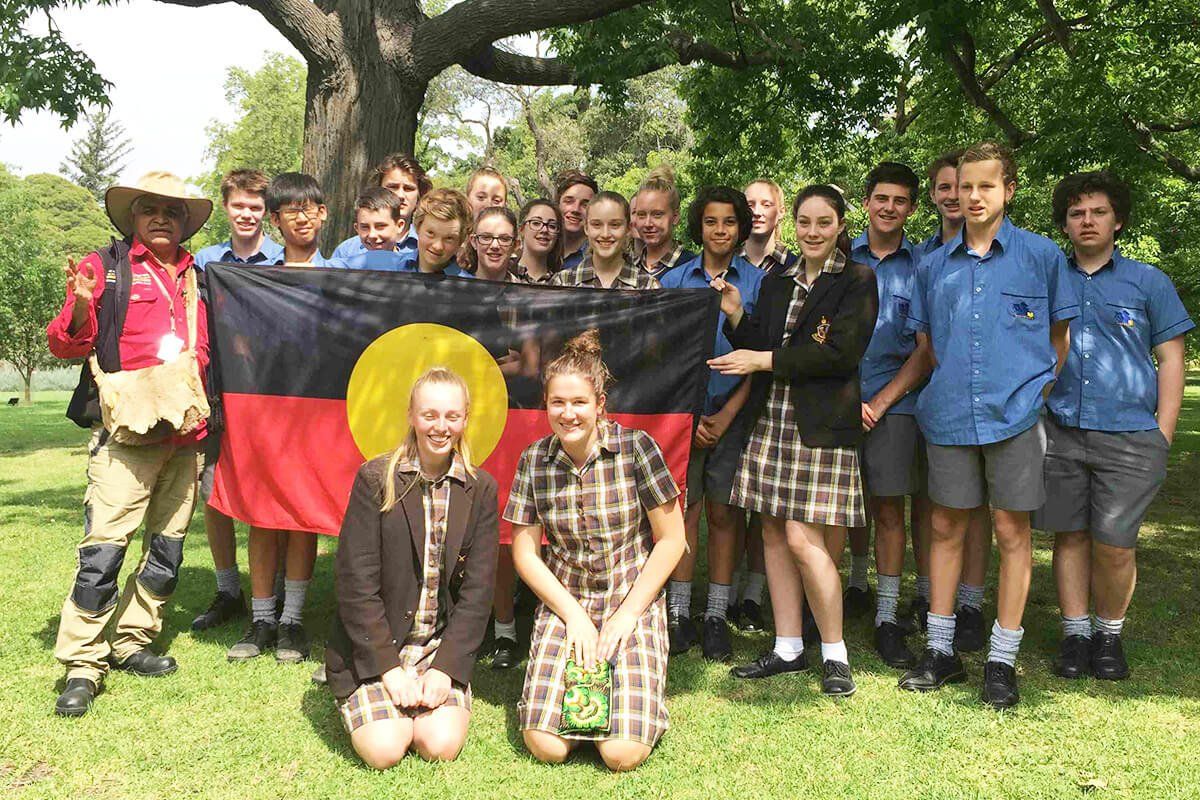Curriculum
Experiential learning – learning by doing
At City Cite, while we map the learning intentions to the priorities and standards of the Victorian or Australian curriculum frameworks, our approach is interdisciplinary with the aim of creating active community members and global citizens.
Our programs have a strong focus on the ongoing development of a young person’s ethical, intercultural and personal and social capabilities. Critical, creative and reflective thinking is at the top of our priorities for teaching and learning.
The Middle Years of schooling are significant in terms of the growth and development that occurs as students move from childhood to adulthood. Values and attitudes are formed and refined, based on their experiences. Through City Cite, students are given the opportunity to develop these values and attitudes and learn skills and strategies that will equip them for life in the 21st Century.
Goals for schools can be looked at in the four ways that follow:
1. Context/ Environment
Students are able to explore the city as a resource to investigate themes. They are provided with well-resourced breakout spaces allowing teams to work towards a group goal. Students can choose a contemporary issue requiring investigation employing problem-solving skills and critical thinking. Each team produces a response to the project-based learning co-operatively, which is presented in a variety of media.
2. Personal/ Social
We provide opportunities to develop a personal appreciation of particular social contexts through which they may develop their ability to work co-operatively and support each other using the multiple skills of the group. We encourage the development of an appreciation of others’ views and opinions to arrive at a group consensus; the product being a result of co-operative and group-produced work which is presented to their peers and teachers from which all can learn and benefit.
3. Interdisciplinary Learning
Students engage in rich investigations which transcend disciplines and draw links between experiences. Using the small team structure to allow the use of diverse strengths and prior knowledge across the group, the required outcome can be achieved. Students collect data and resources for analysis and critical thinking using traditional disciplines and thinking tools as required. The product is a result of co-operative and group-produced work which is prepared and presented to others for evaluation.
4. Disciplinary Learning
Students are encouraged to use investigative techniques within a variety of disciplines. Students need to use appropriate graphs to present survey data. They can choose from a range of reflective writing modes (for example; prose, poetry, song, imaginative writing) to express their feelings about their experiences. The use of collaborative learning in groups is a necessary part of the approach if students are to gain maximum benefit from the process.
